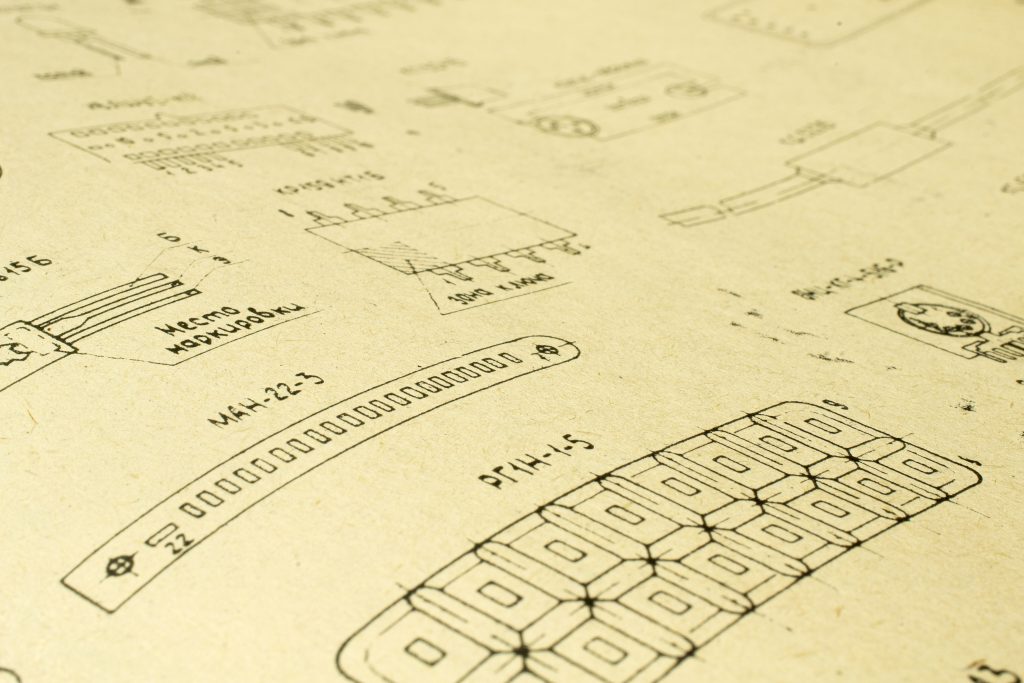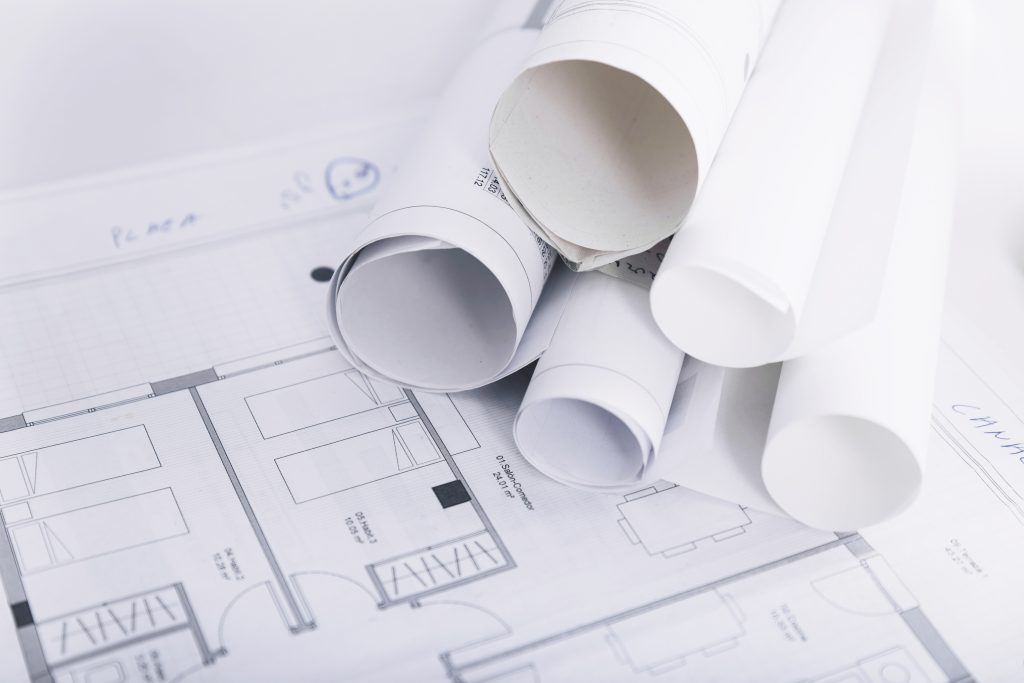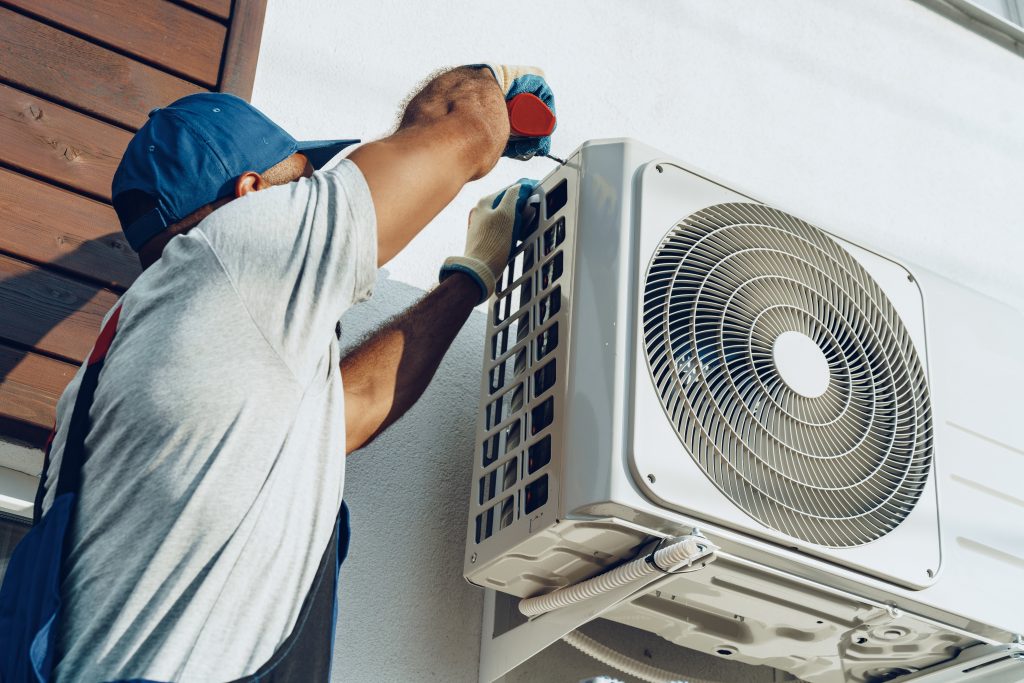An HVAC (heating, ventilation, and air conditioning) system is crucial to any home or commercial building. It is responsible for keeping the interior environment comfortable and healthy by controlling temperature, humidity, and air quality. Understanding the basics of HVAC system design and operation can help you make informed decisions about your system, troubleshoot issues, and ensure optimal performance.
Here, we will provide an overview of the fundamental HVAC system design and operation principles.
History
The first modern air conditioning system was designed by Willis Carrier in 1902. Carrier was an American engineer often called the “father of air conditioning.” His invention used a system of coils and compressors to cool and dehumidify the air, making it possible to control indoor temperature and humidity levels for the first time. Carrier’s invention was initially used to improve industrial manufacturing processes, but it quickly found applications in homes, businesses, and public buildings, transforming how we live and work.
HVAC System Design
The design of an HVAC system is determined by several factors, including the size of the space to be cooled or heated, the local climate, and the building’s energy efficiency. The design process typically involves several steps: load calculation, equipment selection, and ductwork design.
Load Calculation
The first step in designing an HVAC system is determining the heating and cooling load required to maintain a comfortable interior environment. A load calculation considers several factors, including the size and orientation of the building, the number of occupants, the amount of insulation, and the type of windows and doors. This information determines the heating or cooling required to maintain a comfortable indoor temperature.

Equipment Selection
Once the load calculation is complete, selecting the appropriate heating and cooling equipment is next. The equipment must be properly sized to ensure optimal performance and energy efficiency. The selection process involves considering several factors, including the system’s SEER (seasonal energy efficiency ratio) rating, the type of fuel used (e.g., electricity, natural gas, or propane), and the system’s airflow requirements.

Ductwork Design
The final step in the design process is to design the ductwork that will distribute heated or cooled air throughout the building. The ductwork must be properly sized and designed to ensure air flows smoothly and efficiently. Ductwork design considers several factors, including the size and layout of the building, the type of heating and cooling equipment, and the required airflow rate.
HVAC System Operation
An HVAC system operates on a basic principle: it removes heat from the interior environment during the summer and adds heat during the winter. The system has several key components, including a heat exchanger, a compressor, and a fan. Here is a brief overview of how these components work together to control the temperature, humidity, and air quality in your building.
Heat Exchanger
The heat exchanger transfers heat between the air inside and outside the building. During the summer, the heat exchanger removes heat from the indoor air and releases it outside, while during the winter, it removes heat from the outdoor air and releases it inside.
Compressor
The compressor is the component responsible for compressing the refrigerant in the HVAC system. When the refrigerant is compressed, it increases in temperature, allowing it to absorb heat from the indoor air during the summer and release heat into the indoor air during the winter.
Thermostat
The thermostat is the device that controls the HVAC system. It senses the temperature inside the building and adjusts the system’s operation to maintain the desired temperature. It also controls the fan and can adjust the humidity level inside the building.
Fan
The fan is responsible for moving air throughout the building. It draws warm air from the interior environment and blows it across the heat exchanger, where it is cooled or heated and then blown back into the building.
Maintenance and Repair
An HVAC system requires regular maintenance and occasional repairs to ensure optimal performance and energy efficiency. Maintenance tasks typically include cleaning or replacing air filters, checking and adjusting refrigerant levels, and inspecting ductwork and other components for wear and tear. Repairs may include replacing faulty electrical components, repairing refrigerant leaks, or replacing worn-out parts.
Working with a licensed HVAC professional for maintenance and repair tasks is important, as attempting to perform them yourself can be dangerous and may cause further damage to your system. By working with a reputable HVAC company like Harmon Mechanical, you can ensure that your system is properly maintained and repaired, keeping your home or commercial building comfortable and healthy all year round.

In addition to regular maintenance and repairs, there are several steps you can take to optimize the performance and energy efficiency of your HVAC system. Here are a few tips to keep in mind:
- Upgrade to a High-Efficiency System: Upgrading to a high-efficiency HVAC system can save you money on energy bills and reduce your carbon footprint. Look for systems with a high SEER rating, which indicates greater energy efficiency.
- Seal Ductwork: Leaky ductwork can cause your HVAC system to work harder than it needs to, leading to higher energy bills and reduced system performance. Sealing your ductwork can improve system efficiency and indoor air quality.
- Use Programmable Thermostats: Programmable thermostats allow you to set different temperature settings for different times of the day, reducing energy consumption when you’re away from home or asleep.
- Improve Indoor Air Quality: Indoor air quality can significantly impact your health and well-being. To improve indoor air quality, consider installing air purification systems, using low-VOC paints and cleaning products, and regularly changing air filters.
- Schedule Regular Maintenance: Regular maintenance can help identify and address minor issues before they become major problems, improving system performance and extending lifespan.
By understanding the basics of HVAC system design and operation, you can make informed decisions about your system and take steps to optimize its performance and energy efficiency.
Whether you need maintenance, repairs, or installation services, a licensed HVAC professional like Harmon Mechanical can help ensure your system is properly maintained and repaired, keeping your home or commercial building comfortable and healthy all year round. Contact Harmon Mechanical to learn more about their services.


